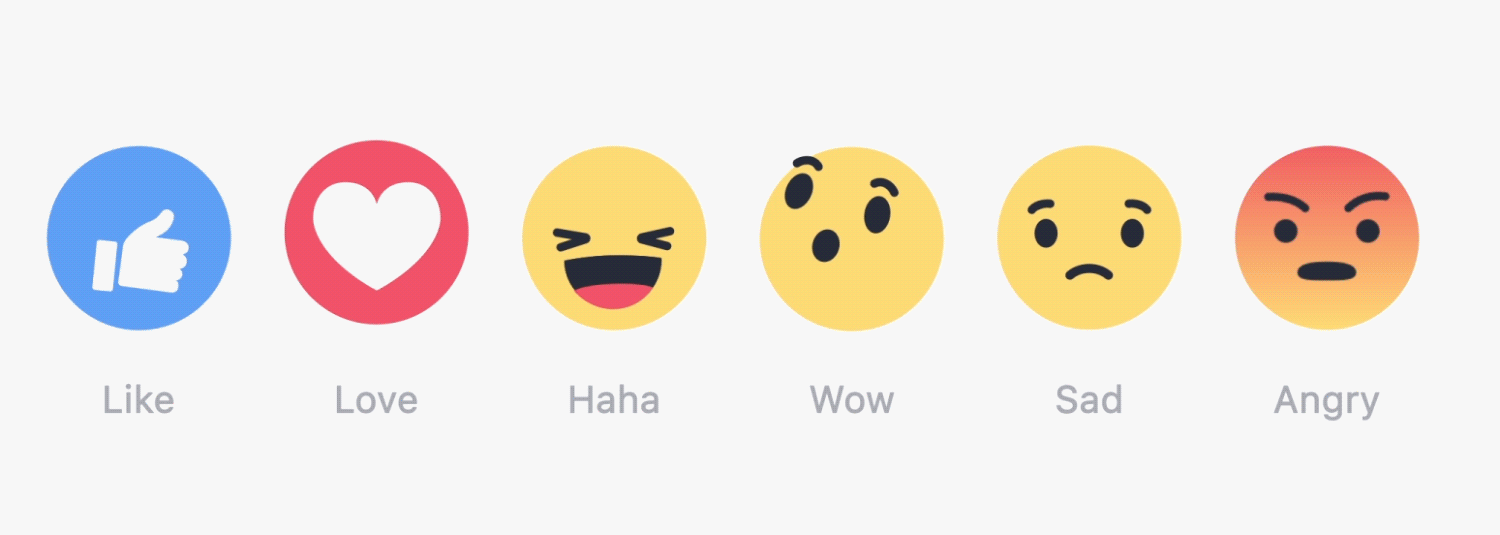“Periods are not dead,” says computational linguist Tyler Schnoebelen, who turned to his own trove of 157,305 text messages to analyze how the final period—a period at the end of a thought or sentence—was being used and shared his initial results exclusively with TIME. “They’re actually doing interesting things.”
Read MoreDespite its obvious influence on how we communicate, the vast emoji set is not considered a language in itself. Tyler Schnoebelen, who probably knows more about emojis than anyone else in the world, is a computer linguist who wrote his PhD thesis at Stanford University on the use of emoticons and emojis. He told Time magazine that there are rules and patterns on how we use emojis, but there is no grammar or language structure to form a sentence with them.
Read MoreAt the pop-up concept restaurant the Little Yellow Door in London’s Notting Hill, millennial-friendly smartphone culture is at the center of the meal. Diners place a reservation through the mobile messaging app WhatsApp (or the old-fashioned way, if they prefer), then sit down at a table where they have the option of ordering off a special emoji menu.
Read MoreScope, a disability charity that provides support, information and advice to more than a quarter of a million disabled people and their families every year, produced 18 new emoji designs that feature disabled people and Paralympic athletes to commemorate World Emoji Day and highlight the need to expand the range of emojis.
Read MoreThanks in part to the massive popularity of emojis, several tech companies are exploring ways not only to make finding emojis easier, but to predict which ones you may want to use.
Read More[The Village Voice's] proposed emoji — eventually made a reality by the mobile advertising firm Swyft Media — homed in on NYC-specific experiences that aren’t captured by the standard Unicode emojis that have come to dominate many texts and tweets. The Voice emojis included sidewalk garbage bag piles, the ubiquitous street sweeper trucks and the notorious Time Square Elmo.
Read MoreYet emojis are more powerful than they may first appear, and their real power lies in their ability to emulate a real face. “In speech, you can use body language, facial expressions and intonation to help convey you and your message,” said Tyler Schnoebelen, founder of language analysis service Idibon. “Emoji lend a hand for doing that in writing.”
Read MoreDigital technologies are changing the way we communicate as well as the way we write and spell. And with emojis we don’t have to do either. You can say things using pictures like our caveman ancestors. The use of emojis crosses generations. Are we dumbing down society or creating a new, creative visual language?
Read MoreThis might be the case because most default emoji, although they appear yellow, are actually white. Tyler Schnoebelen, a linguistics Ph.D. and consultant in San Francisco who has studied emoticons, notes that many of the default symbols are phenotypically white: The symbol has blonde hair on Apple devices, etc. “It’s not surprising to me that people are not opting to go lighter, even if that’s closer to what their skin tone is, because they’re kind of represented by the default anyway,” he said.
Read MoreTYLER SCHNOEBELEN HAS discovered something curious about why people use the skull emoji. Schnoebelen is a linguist and the chief analyst for Idibon, a firm that interprets linguistic data. So recently he got interested in emoji. He analyzed a million social media posts containing those familiar little pictograms and found that when people talk about their phones they’re 11 times more likely to use the skull.
Read MoreStand away from the grill, chefs say, and use a skillet. ‘Making a medium-rare burger is actually a good test of a young chef’s abilities.’
Read MoreTyler Schnoebelen agrees. "There doesn't seem to be much evidence that emojis are or will ruin language," says the founder and chief analyst of Idibon, a text analytics company based in San Francisco.
Read MoreWith Facebook unveiling additional emoji options, linguist Tyler Schnoebelen talks about how emojis are changing the way we communicate.
Read MoreTyler Schnoebelen, a linguist and cofounder of Idibon, a startup that processes unstructured language data (including emoticons and emojis), says the project could be useful for finding videos made by those who don’t speak the same language as you. But for him, the point of the project seems to be that it’s simply fun.
Read MoreThere may not be anyone who knows more about emoticons than Tyler Schnoebelen, a man who literally wrote his Stanford doctorate thesis on the subject. He found, for instance, that older people tend to use emoticons with noses, such as [:-)], while younger people are more likely to drop the proboscis. He discovered that roughly 10% of all tweets contain an emoticon. And he observed that the phrase f*** you rarely appears with an emoticon, because those playful little symbols can trivialize feelings like totally hating someone’s guts.
Read More














